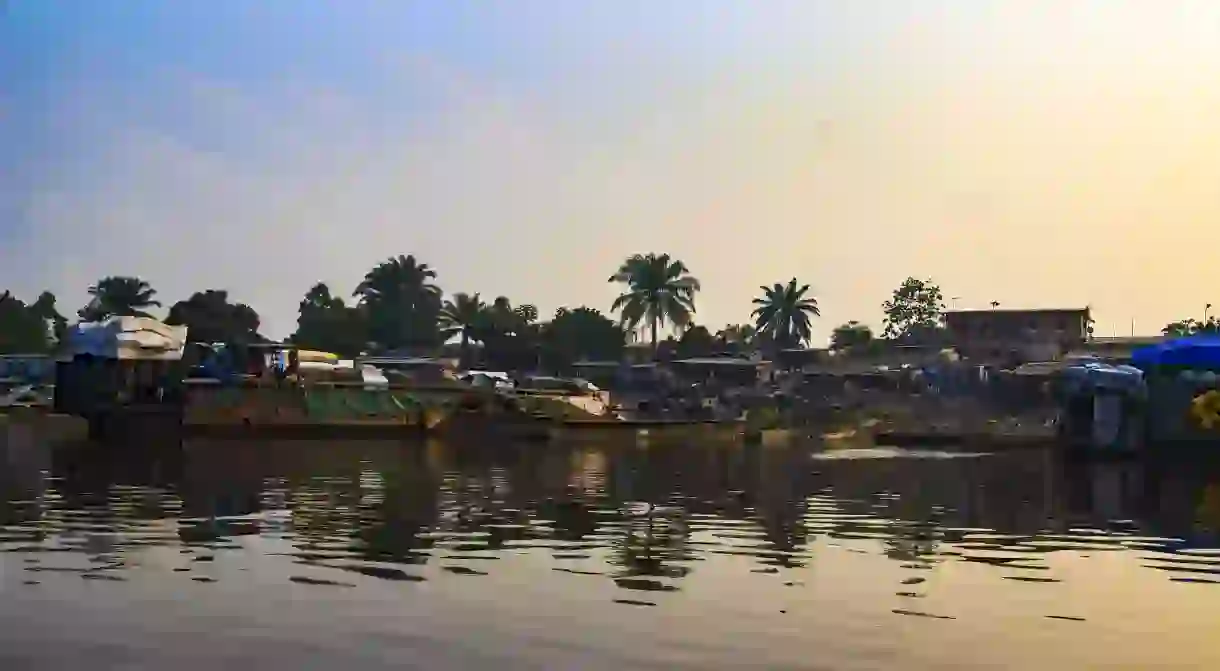Your Guide to Exploring the Congo River

The Congo River, bordered by both the Democratic Republic of Congo and the Republic of Congo, is the second largest river in the world. Here are a few things you need to know when exploring this natural wonder.
What to expect
The Congo River is well known for being one of the most gigantic rivers in the world and a real sub-Saharan beauty of a natural feature. Tourists visiting this river can expect to have an amazing view of not only the river but also of the two countries perched along its banks – from sunset to sunrise, the view is always breathtaking. Fishermen patiently waiting for their catch of the day will often wave to passing boats. Of course, the sight of people crossing the river is not rare. Tourists and locals alike speed along between the two Congos or simply float by whiling away the time.

What to bring
When planning a visit to the river don’t forget to pack sunscreen and insect repellant. Sitting on the equator, the weather here tends to be extremely hot. Despite the heat, it’s also advised to wear long sleeves and trousers, as this area is also considered a malaria zone, so avoiding mosquito bites is a must. Bring along your camera too, as the view is always stunning and every moment on the river is the perfect opportunity to capture your trip.
The best places to catch a boat
From Brazzaville there is only one place to catch a boat to cross the river. Inside Mami Wata restaurant is a separate reception where people can hire a boat. The prices of the boats differ according to the kind you choose. Reservations can also be made over the phone by dialling +242 9217218.
Boat ride prices
There are a variety of options to choose from depending on how many people are hiring the boat, how much you plan on spending, and how long passengers prefer their trip to be.
If you’re after a Congolese cultural experience, then choosing a ride in a local handmade pirogue might be the best option. The pirogue is big enough to accommodate up to eight people, and will cost around 60,000 FCFA altogether, which is about USD$107. However, it might be a bit slower than the other options available. Other boat options available are a centre console, bass boat or catamaran. These options can help you reach your destination much faster in about 10 – 15 min, though it might be a bit expensive compared to the pirogue, as prices range from 100,000 FCFA (USD$180) to a 150,000 FCFA (USD$270).

If you like to be more independent and fancy sailing across the river alone, then another option would be to rent a boat. There are many people who own boats and will be willing to rent them out. The prices to rent a boat differ according to the owner. Travellers can find out more info about renting a boat at the Mami Wata site.
What to see
With its abundance and variety of fish species, the Congo River is a popular fishing spot and tourists travelling across will definitely spot a few fisherman. If heading north, a leisurely boat ride will go up until a little-known island called Ile Saiglont, or Sailor’s Island. This island is filled with shacks submerged in water. The shacks were built by fishermen as a resting spot out of the sun during their working hours. Alternatively, tourists can also head south to see the amazing rapids that feed into Inga Falls, the world’s largest waterfall. A view of the neighbouring country across the river is a real spectacle, whether the boat is heading north or south.













